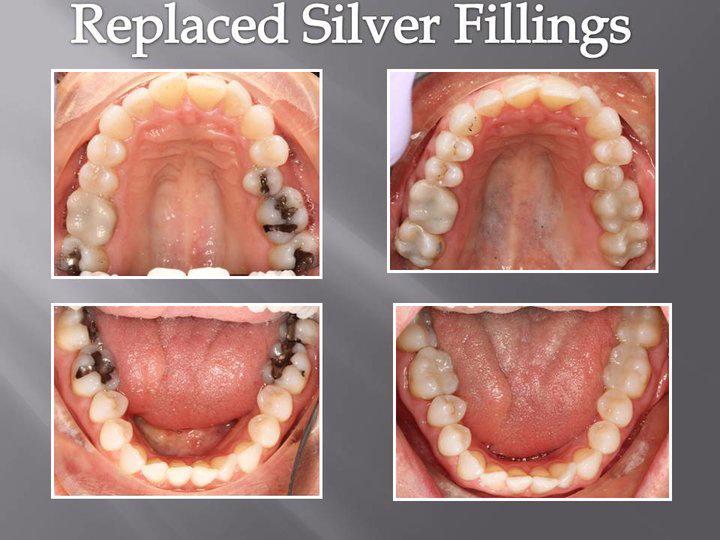The traditional, inexpensive way to restore a small amount of tooth decay or cavity.
The Problem
A small amount of decay on a portion of a back tooth
The Solution
Dr. Miller does not use mercury/silver fillings as a restorative material. However, these restorations were common in the past because they were an inexpensive way to restore a small amount of tooth decay. Here are some advantages and disadvantages of using these types of restorations.
Advantages
Silver fillings have been used for more than 125 years. Their biggest advantage is that they are quickly placed, making them relatively inexpensive. They are also relatively durable.
Disadvantages
Silver fillings do not bond (stick) to the tooth structure. This requires the preparation to be “undercut,” creating a chamber that is smaller at the surface of the tooth and wider inside. This undercut keeps the filling from falling out of the tooth.
The problem is that the creation of this undercut requires the removal of more healthy tooth structure than is necessary. This weakens the tooth and makes it prone to fracture when biting into hard items. These fillings will break down from normal wear, and will eventually need to be replaced, and this will require the removal of even more healthy tooth structure.
Though silver fillings contain some mercury, current studies indicate what appear to be no measurable health risks to patients. The FDA continues to confirm that the use of this material is safe. However, even if there are no direct risks to patients, the extensive use of mercury in fillings may have a long term environmental impact.
What We Use Now
Composite (white) fillings are an excellent alternative, limiting the removal of healthy tissue and posing no known environmental risk. In cases of extensive decay, inlays/onlays or crowns.

